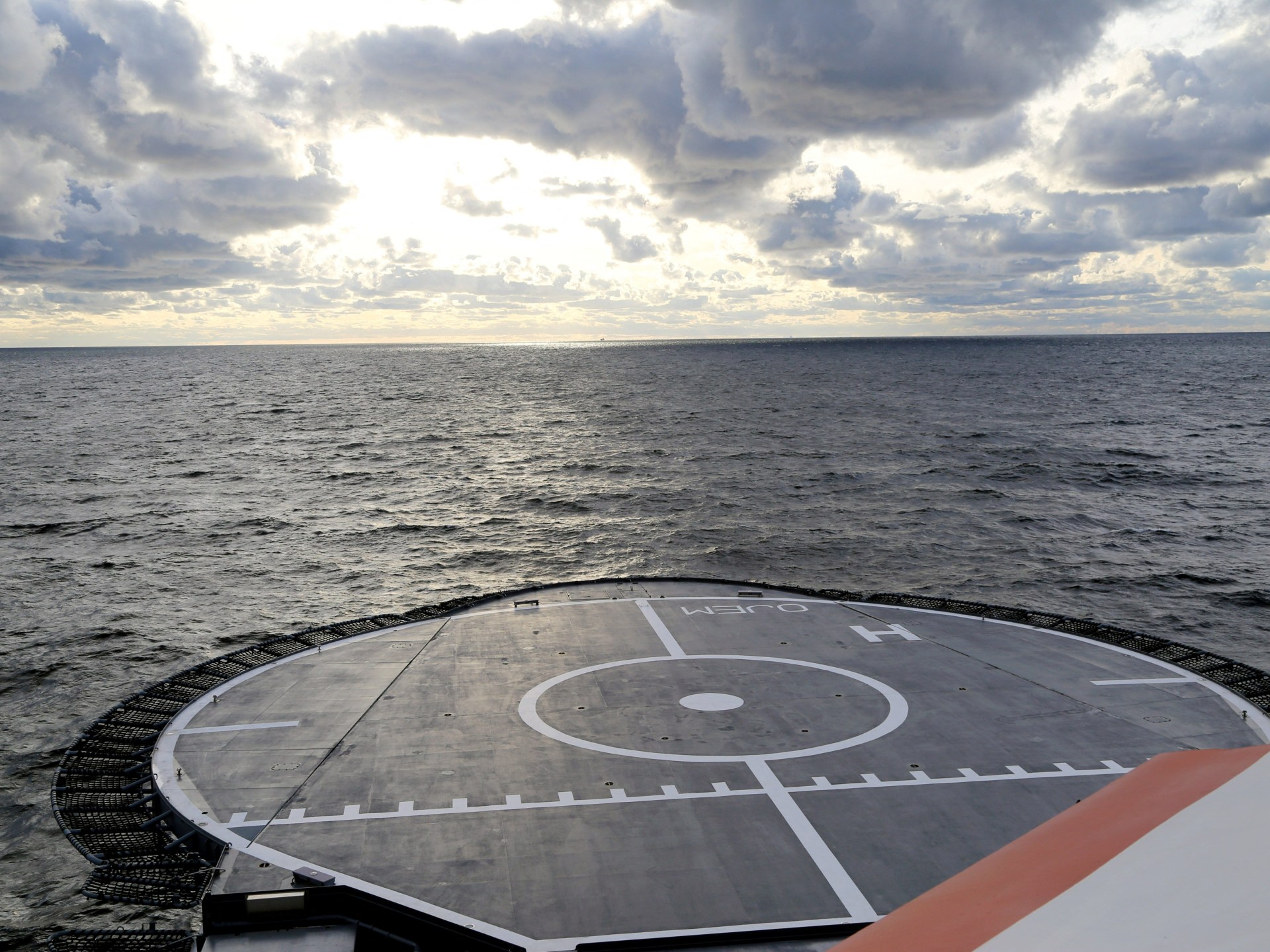‘External’ source suspected as Finland, Estonia gas, telecom link damaged | Conflict News
Damage to undersea gas and telecommunications links comes just over a year after sabotage to Nord Stream gas pipeline.
Damage to an undersea gas pipeline and telecommunications cable connecting Finland and Estonia appears to have been caused by “external activity”, Finnish and Estonian officials said.
The Finnish government on Tuesday reported damage to a gas pipeline and a telecommunications cable with Estonia following an unusual drop in pressure on Sunday in the Balticconnector gas pipeline, which led to its shutdown.
Speaking at a news conference, Finnish Prime Minister Petteri Orpo stopped short of calling the pipeline damage an act of sabotage but said it could not have been caused by regular operations.
“According to a preliminary assessment, the observed damage could not have occurred as a result of normal use of the pipe or pressure fluctuations. It is likely that the damage is the result of external activity,” Orpo said.
Finnish and Estonian authorities are working closely together to investigate the damage to 🇫🇮🇪🇪 undersea infrastructure. Finland is well prepared, our readiness is high and the situation is stable. Our security of supply is not threatened. #BalticConnector
— Petteri Orpo (@PetteriOrpo) October 10, 2023
Finland’s National Bureau of Investigation was leading an inquiry into the leak, Orpo said.
Finnish telecoms operator Elisa also confirmed on Tuesday that it suffered a break in a data cable connecting Finland and Estonia over the weekend.
Asked by a reporter whether Finland’s government suspected Russian involvement in the latest incident, Orpo said he did not want to speculate on potential perpetrators before authorities completed the investigation in Finland.
Estonian Prime Minister Kaja Kallas said that Estonia and Finland had informed their allies in NATO and the European Union regarding the incidents and she was in contact with the Finnish leader on the “next steps” to be taken.
“Both Estonia and Finland are taking these incidents very seriously and are doing everything possible to determine the circumstances,” Kallas said in a statement.
I convened ministers and relevant authorities to discuss incidents regarding #Balticconnector and an undersea communication cable.
While there’s no threat to our security of supply, both Estonia and Finland are taking the incidents very seriously.
— Kaja Kallas (@kajakallas) October 10, 2023
The damaged cable and pipeline “are in very different locations, although the timing [of the incidents] is quite close”, Estonian Defence Minister Hanno Pevkur told a press briefing.
Pevkur said that Estonian authorities received photos confirming that the damage to the Balticconnector was “mechanical” and “human-made”.
“This damage must have been caused by some force that was not created by … a diver or a small underwater robot; the damage is more massive,” Pevkur said, adding that seismologists have previously stated there was no explosion at the incident site.
Heidi Soosalu, a seismologist at the Estonian Geological Service, told the Estonian public broadcaster ERR on Tuesday that neither Estonian nor Finnish seismic stations registered anything resembling explosions during the time period the Balticconnector registered a loss of pressure.
The incident comes just over a year after the Nord Stream gas pipelines running between Germany and Russia in the Baltic Sea were damaged by explosions believed to be sabotage. That case remains unsolved.
Estonia’s Navy told The Associated Press news agency they were conducting an investigation on the damaged gas pipeline together with the Finnish military in the Gulf of Finland.
The 77km-long (48 miles) Balticconnector pipeline runs across the Gulf of Finland from the Finnish city of Inkoo to the Estonian port of Paldiski. The 300 million euro ($318m) pipeline, largely financed by the EU, started commercial operations at the beginning of 2020.
The Balticconnector has been the only gas import channel to Finland, apart from LNG, since Russian imports were halted in May 2022, following Moscow’s full-scale invasion of Ukraine.
Russia stopped supplying gas to Finland after it refused to pay Moscow in rubles, a condition imposed on “unfriendly countries” – including EU member states – as a way to sidestep Western financial sanctions against Russia’s central bank.
European Commission President Ursula von der Leyen said she had spoken with Finnish premier Orpo and Estonia’s Kallas regarding damage to the gas pipeline and telecoms cable.
“Only by working together can we counter those seeking to undermine our security, and ensure that our critical infrastructure remains robust and reliable in the face of evolving threats,” von der Leyen said in a statement.
I held calls with Prime Ministers @kajakallas and @PetteriOrpo on the on-going investigations into the damage on the gas pipeline and data cable connecting Estonia and Finland.
I strongly condemn any act of destruction of critical infrastructure.
— Ursula von der Leyen (@vonderleyen) October 10, 2023


